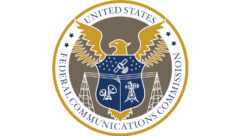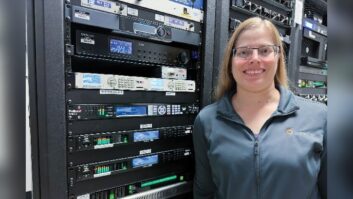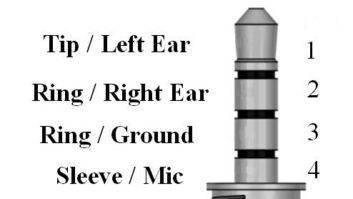
“The AM Radio Service has inarguably become technically degraded.” That’s the firm opinion of Crawford Broadcasting, which is among station owners giving input to the FCC about AM revitalization. The broadcaster offered some ideas of its own.
In comments filed in December, Director of Engineering Cris Alexander wrote: “Crawford generally applauds the commission’s initiative in working to revitalize broadcasting’s senior service, and we support the proposals offered.” (Alexander is also a Radio World contributor; RW was not involved with the filing.)
The company owns 23 radio stations, most of them on AM.
Crawford supports the FCC’s AM-only translator filing window idea but hopes the FCC will allow AMs also to make major changes to existing translators. Alexander wrote in a company newsletter, “If those AM licensees could make major changes to those translators, that would bring their contours within the 25-mile/2 mV circle that would result in ‘pairing’ with an AM station. That would likely eliminate some de novo applications and leave some spectrum available for others down the road.”
The company told the FCC it agreed with various other commission proposals to help AM. It also approves of the proposed elimination of nighttime principle community coverage requirements for incumbents but offered a counterproposal for new stations: 50% principle community coverage with the 50% interference -free contour.
Crawford further proposed several measures. One would eliminate skywave service protection for Class A stations. Another is to provide some measure of interference protection for AM -linked FM translators. And it proposed some measures to better regulate unintended radiation from power lines, compact fluorescent lights and other devices that produce “hash” and raise the noise floor in the AM band.
In his comments, Alexander briefly reviewed the history of attempts to help AM. In the four decades that Crawford has owned AM properties, he said, “we have seen a steady erosion of the listenability and quality of AM signals. This began as increasing interference levels from other AM stations, particularly at night. Receiver manufacturers responded with tighter filters that resulted in reduced demodulated audio quality, taking AM from what had been a relatively high-fidelity service to a voice-grade service in a short span of years.”
He said efforts by the commission to deal with interference “met with varying degrees of success.” While NRSC audio filtering helped second-adjacent stations, other measures “served to hamstring AM licensees in terms of the ability to relocate or upgrade their facilities, particularly at night.” For co- and adjacent-channel interference, he said, the interference picture on AM remains much as it was two decades ago.
Perhaps worse, he said, is the reduction of AM service areas due to the rise of the noise floor. “It has been our experience that there is now considerably more radiation of broadband low-frequency noise radiated from power lines than in decades past.” While reasons are not entirely clear, he said, Crawford has observed widespread corona on high-voltage insulators that produces “hash” on medium- wave frequencies, Alexander wrote. “And we have found certain regulators, switchgear and other distribution apparatus producing broadband noise or harmonic energy that is well propagated over large areas through overhead power lines.”
He speculated that utility companies and electric cooperatives are not as careful as they once were at inspecting distribution grids. “Whatever the case, power line propagated noise is, in our experience, considerably elevated in many geographic areas.” He particularly pointed to noise from PCs and devices that use microprocessors or microcontrollers. “Such devices are often connected to the infrastructures within homes and businesses, and such infrastructures often function as radiators.” Compact fluorescent lights are a growing problem.
All this has hurt listenership, Crawford concludes; but the company said that it still believes AM is a viable broadcast medium thanks to its beneficial propagation characteristics, excellent service areas and high ratings in many markets.
Related:
FCC Acts on AM Revitalization (Oct. 2013)












